$13.93 Bn
Market Size
9.49%
CAGR
$21.94 bn
Forecast

*Note: Name, Email and Phone Number are mandatory.

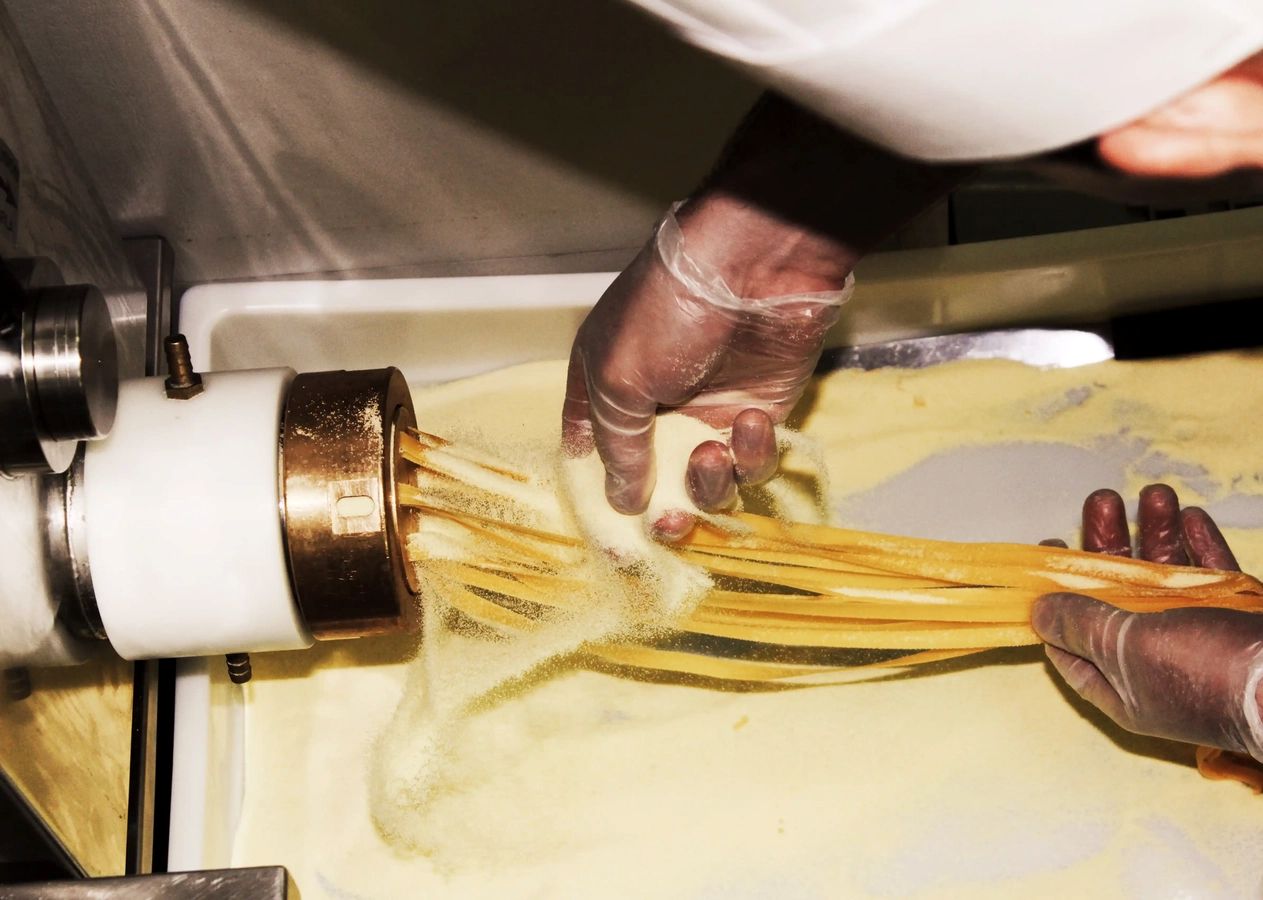
Africa's fertile lands hold more than potential-they grow Durum Wheat, the heart of quality pasta. With these resources at your fingertips, this is where you build a production base where margins grow, imports shrink and exports meet rising global demand. The world's next pasta hub? You'll be making it in Africa.
Africa's fertile lands hold more than potential-they grow Durum Wheat, the heart of quality pasta. With these resources at your fingertips, this is where you build a production base where margins grow, imports shrink and exports meet rising global demand. The world's next pasta hub? You'll be making it in Africa.
$13.93 Bn
Market Size
9.49%
CAGR
$21.94 bn
Forecast
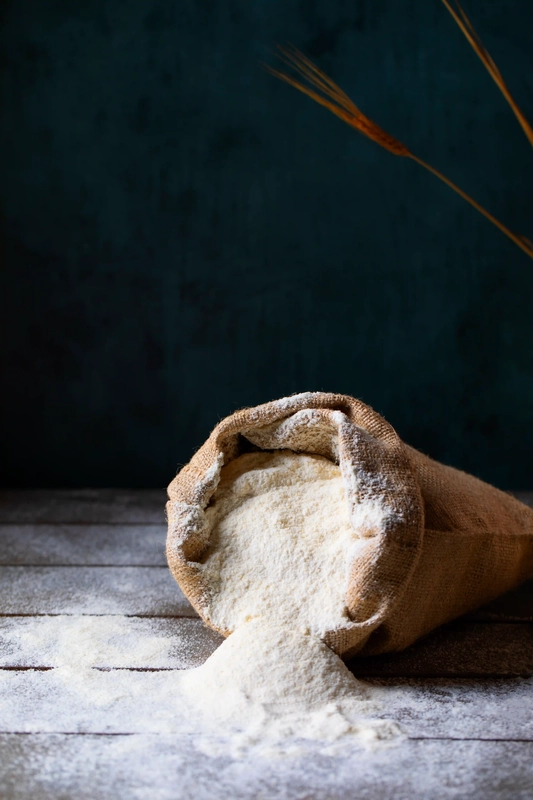
Semolina and Flour Dust
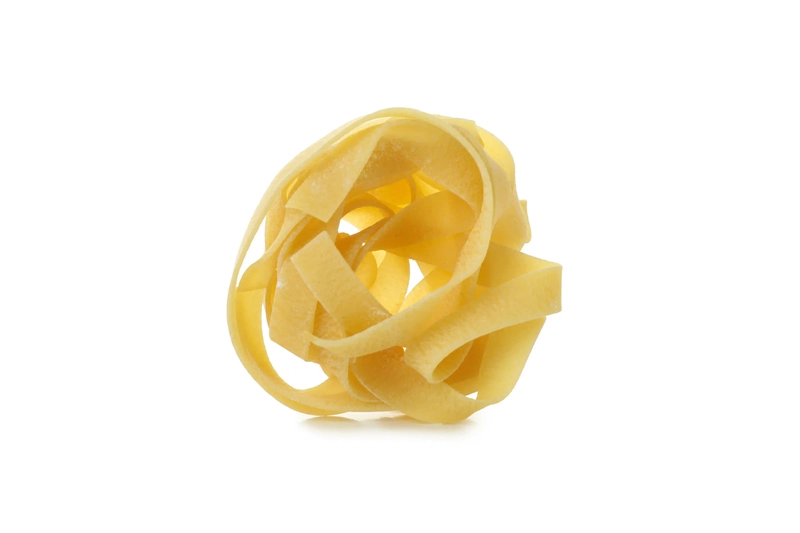
Broken Pasta
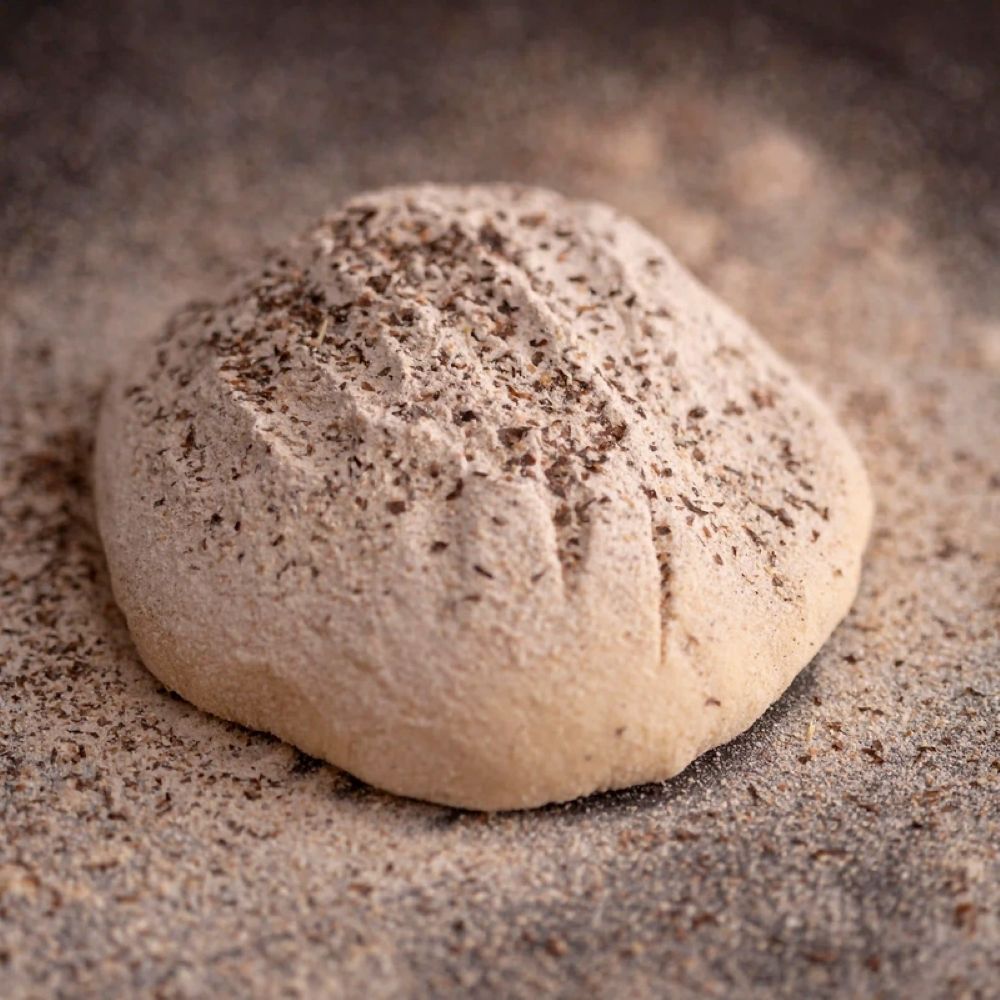
Waste Dough
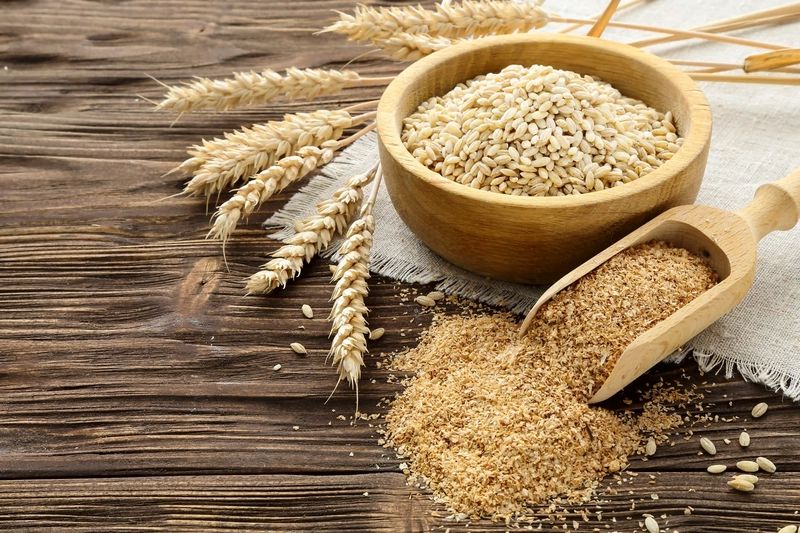
Wheat Bran
60%
Africans Prefer Packaged Pasta
90%
Ethiopia's Durum Wheat Share in Africa
80%
Supply Gap In Africa
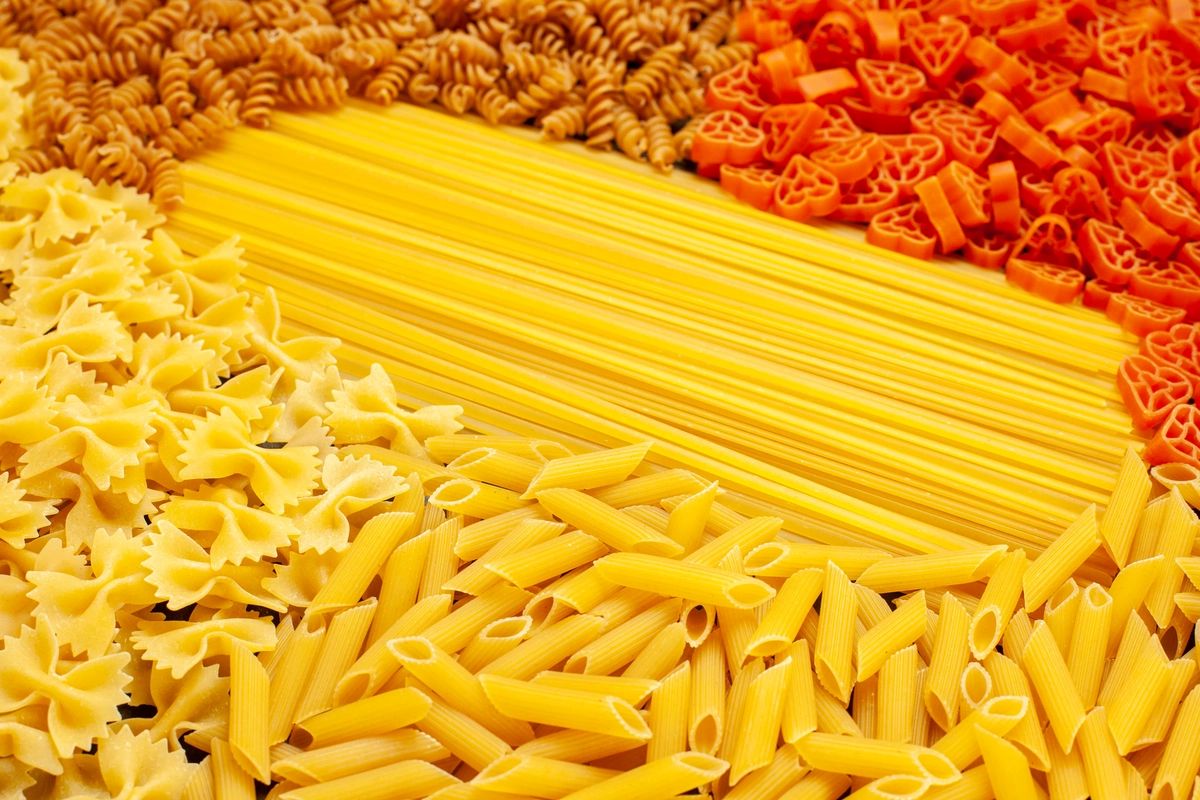
Cost-Effective Access to Raw Materials
With strategic wheat farming investments or regional sourcing (e.g., Ethiopia, Sudan, Nigeria), pasta producers can access raw materials more affordably over time.
Government Support & Incentives
African nations promote agro-processing through tax incentives, subsidies, and land grants, especially for businesses that reduce imports or create jobs.
Reducing Import Dependence
Most African countries still rely heavily on pasta imports, with the total forecasted to reach $64 million by 2026. Local production can reduce this dependency, lower logistics costs and offer more competitive pricing.
Flexible & Scalable Production
With modular production units and increasing access to industrial zones, pasta production plants can start small and scale as demand grows

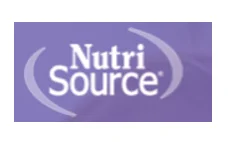

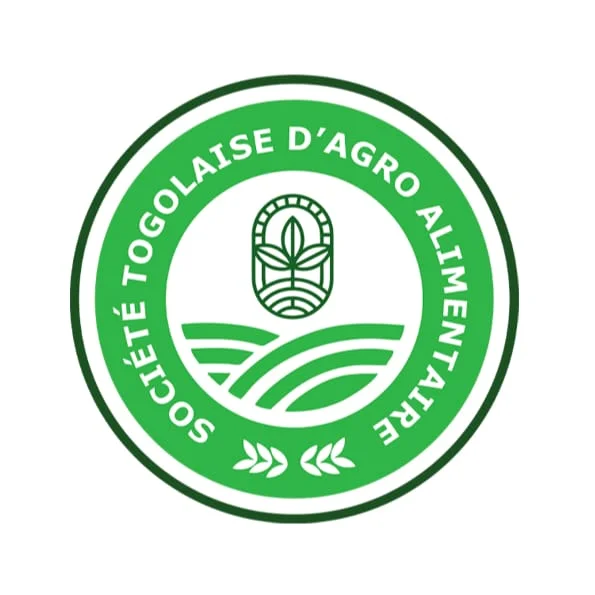


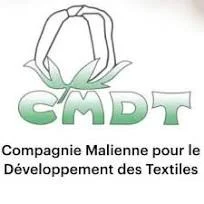
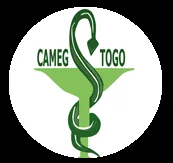
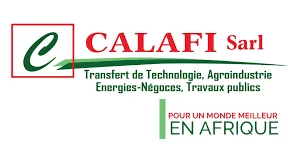


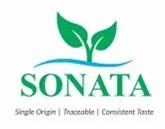
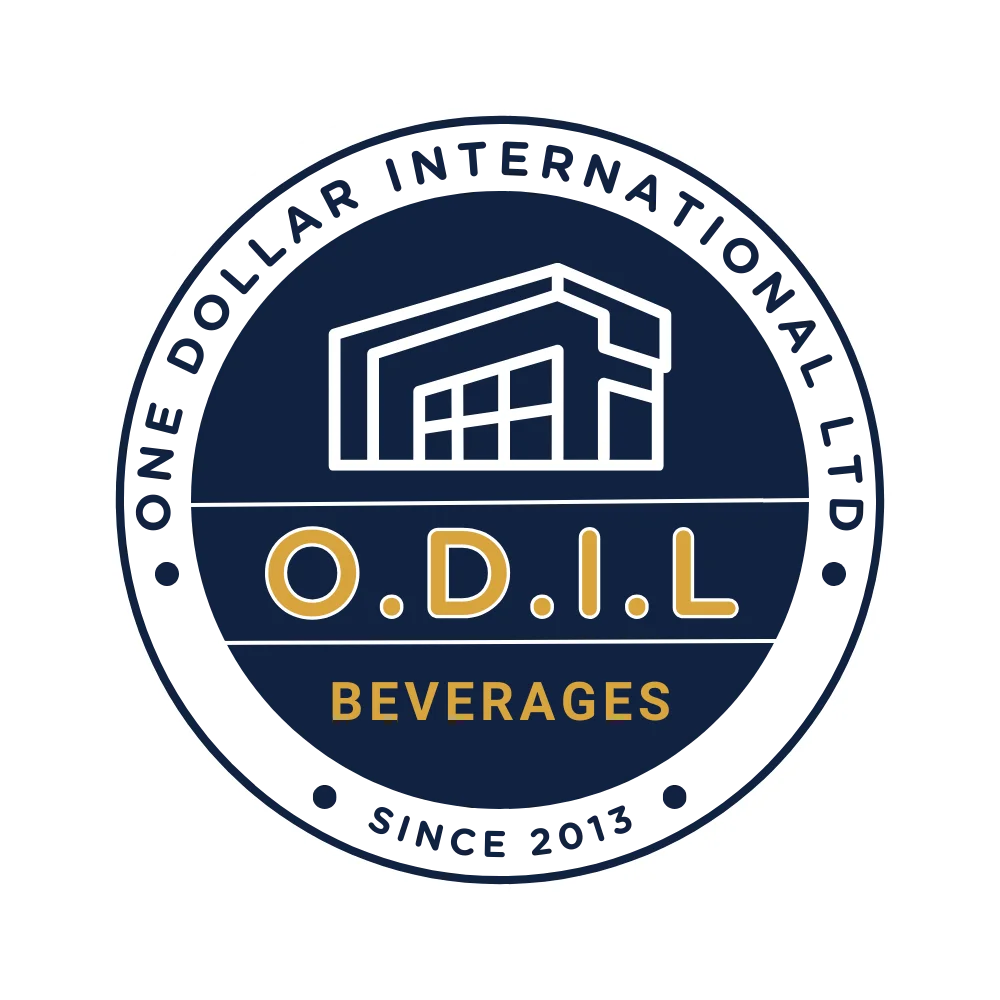
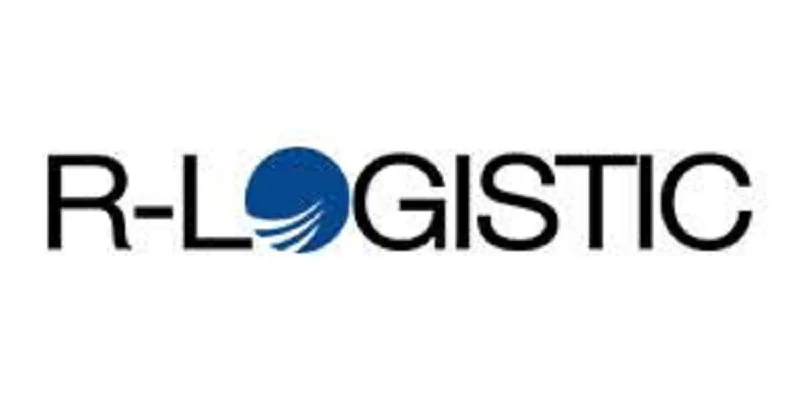


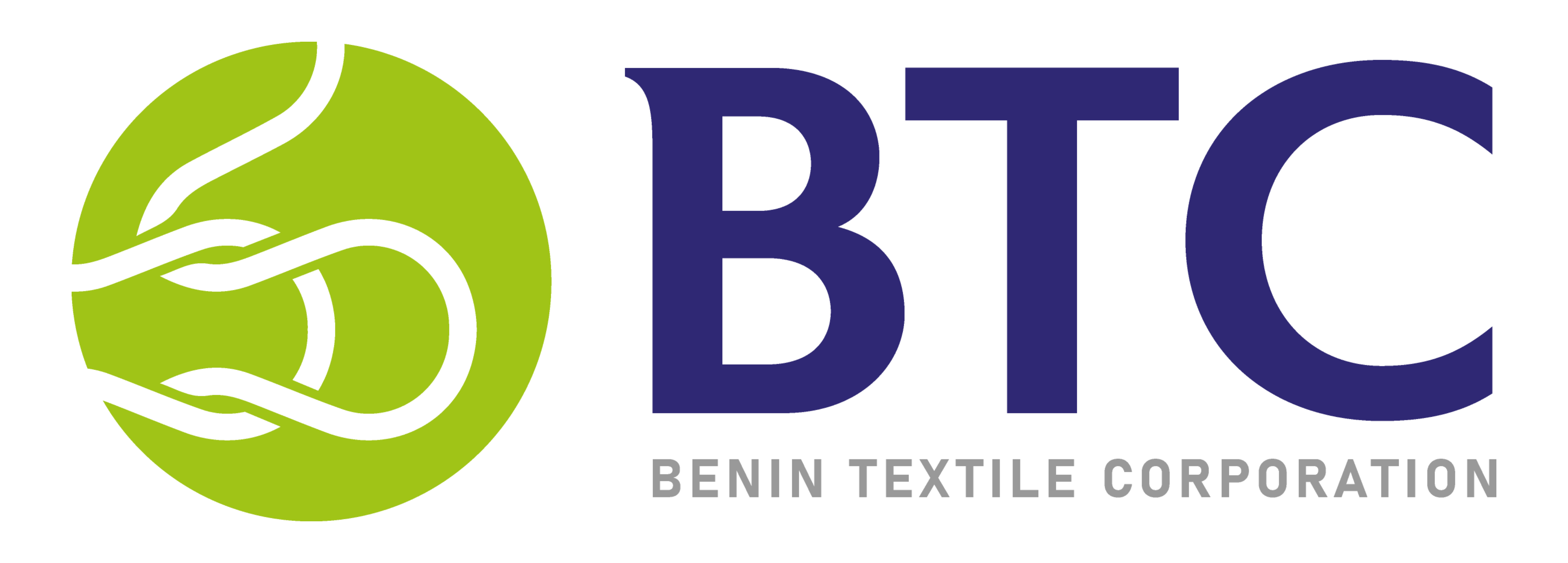

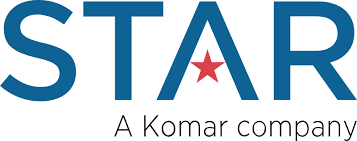
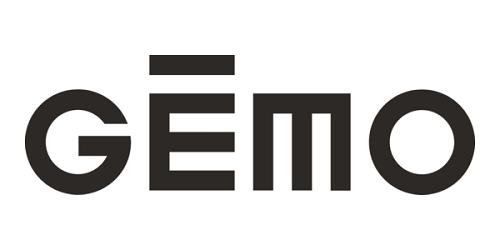




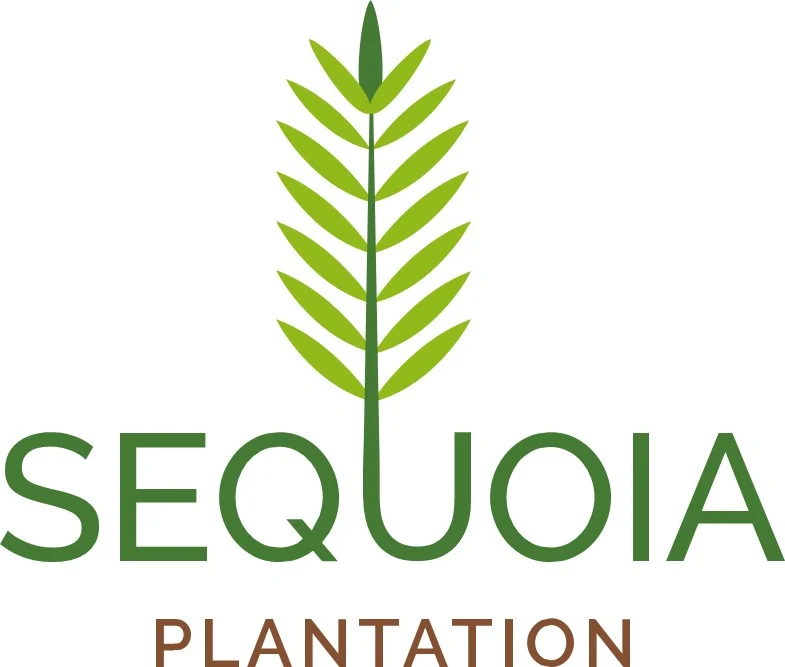
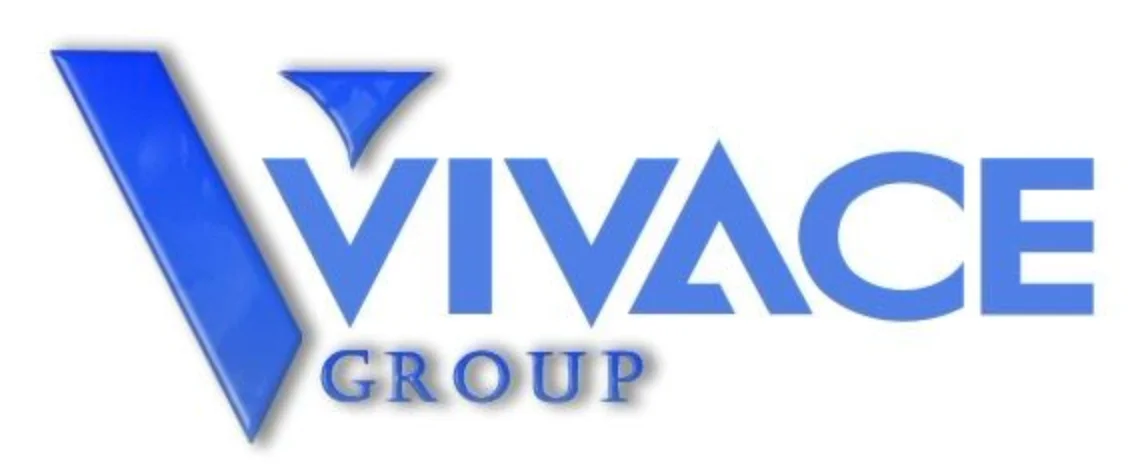

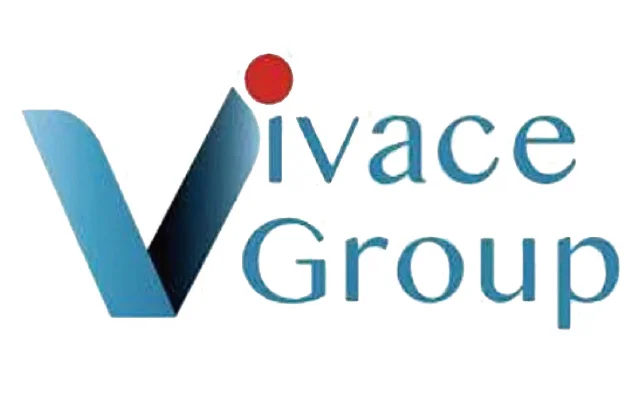

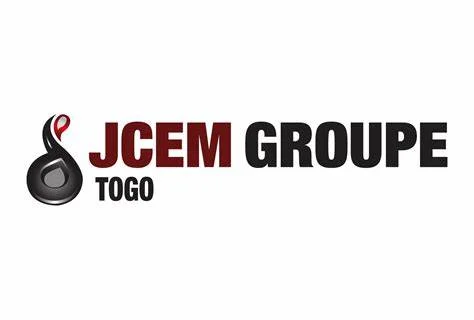
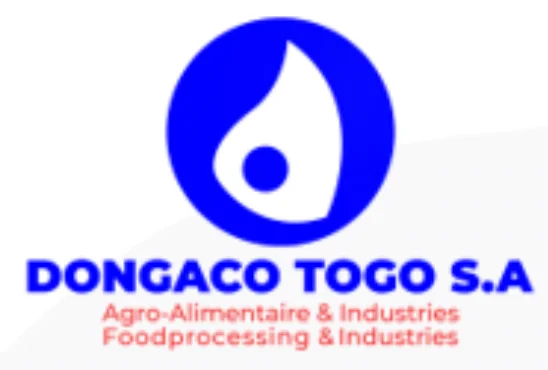


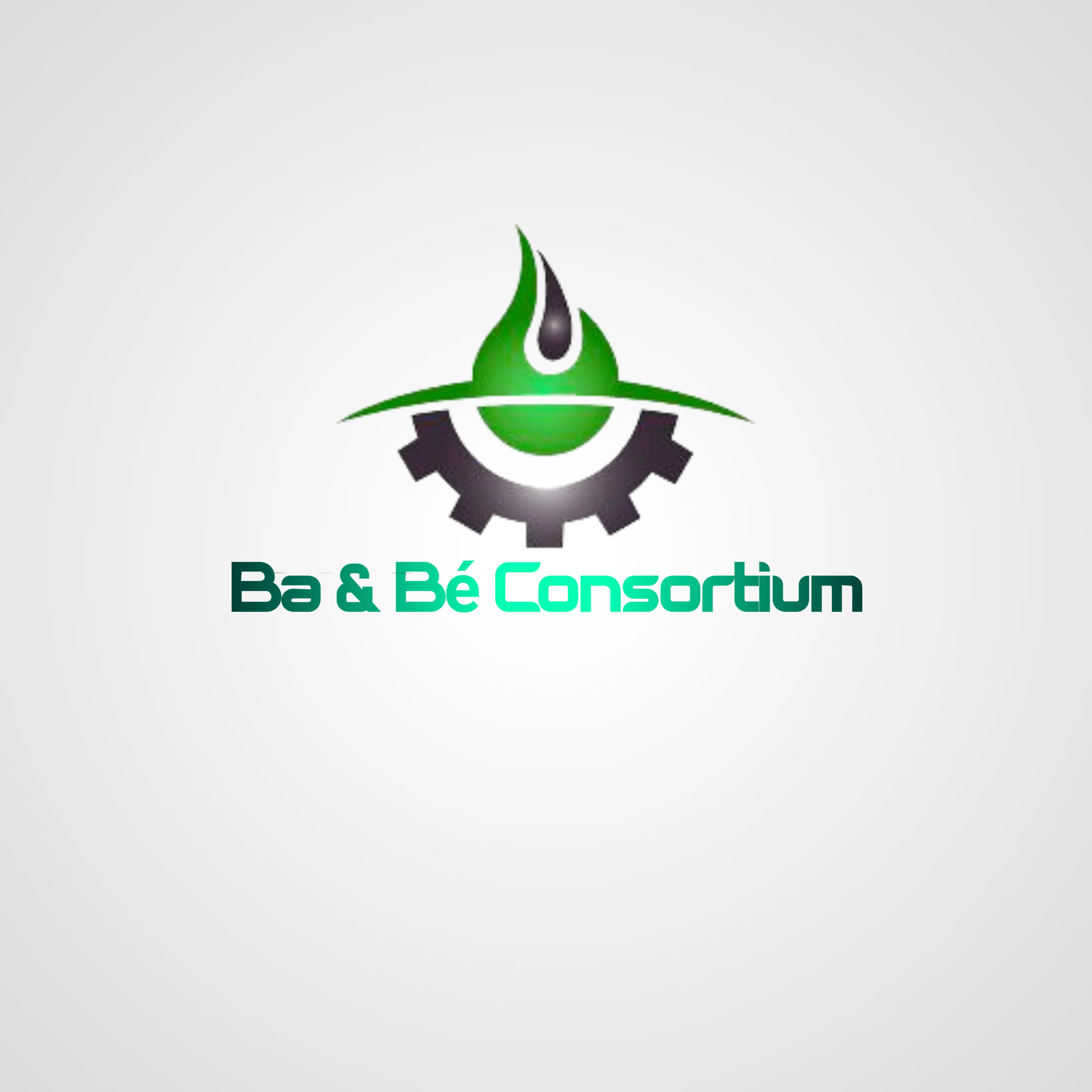






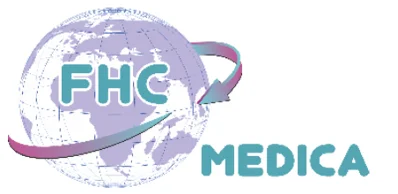



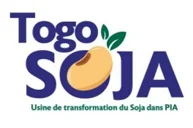
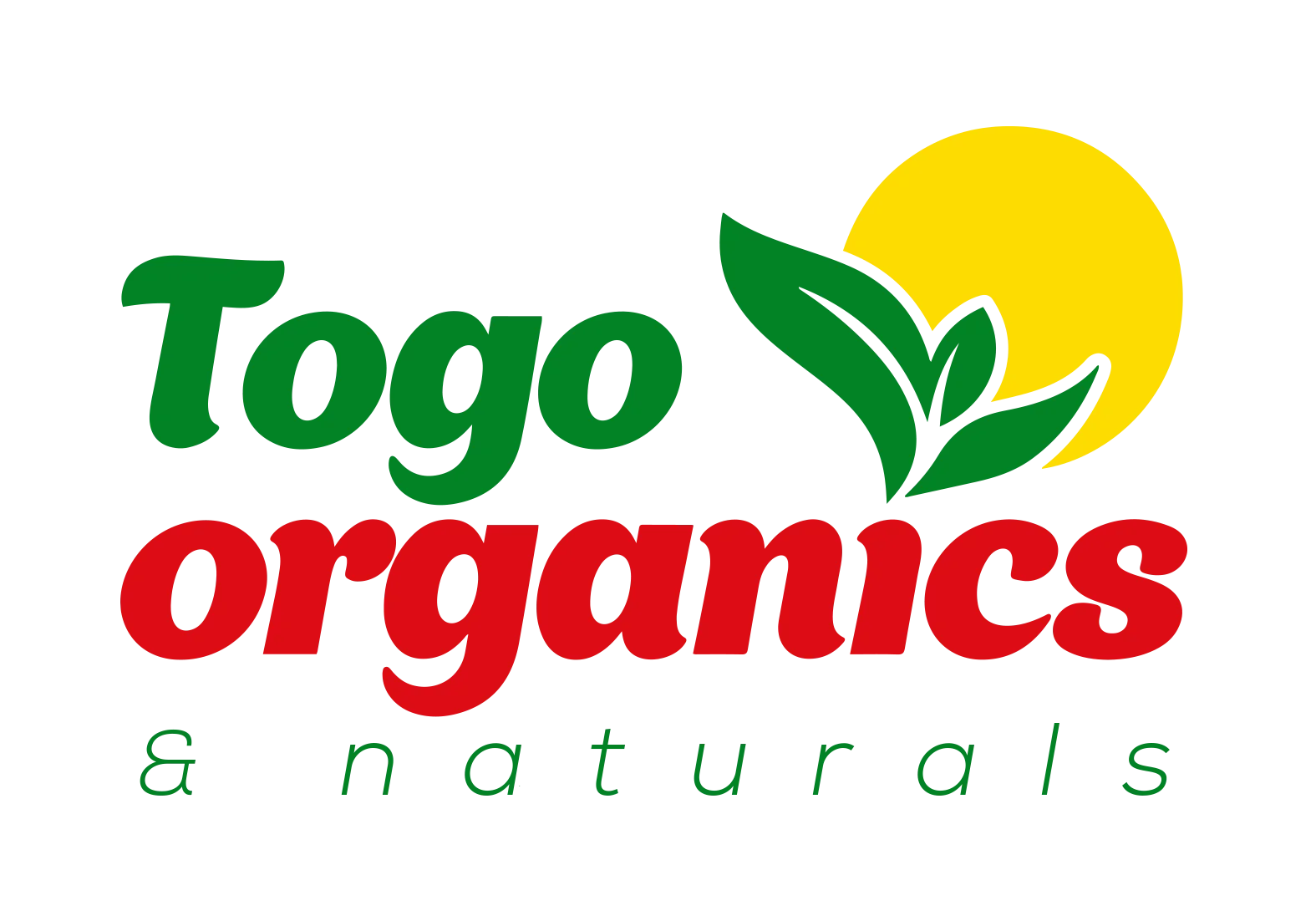
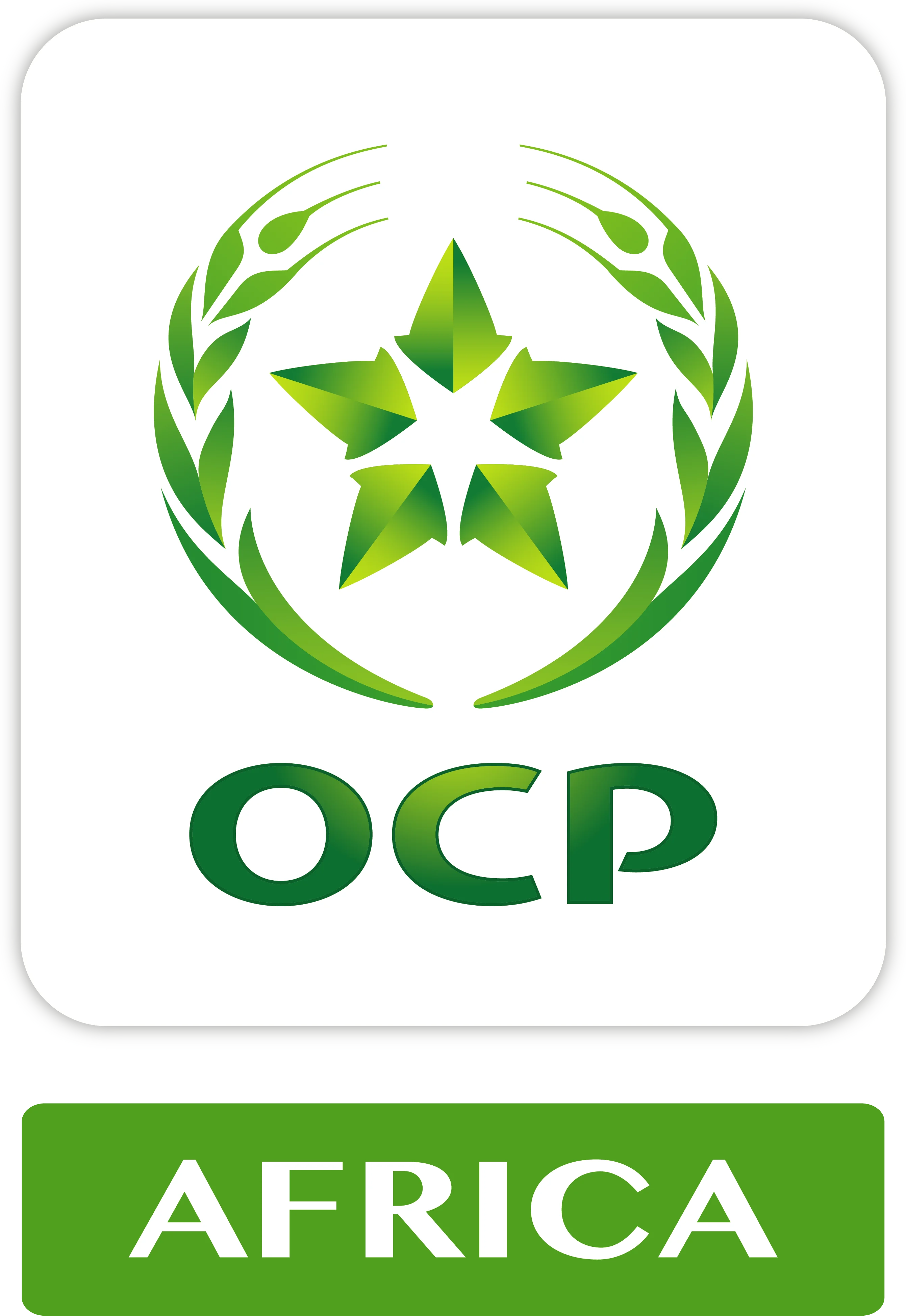
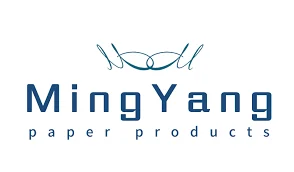

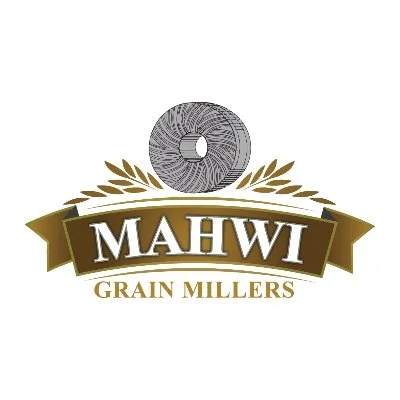

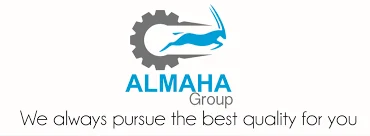



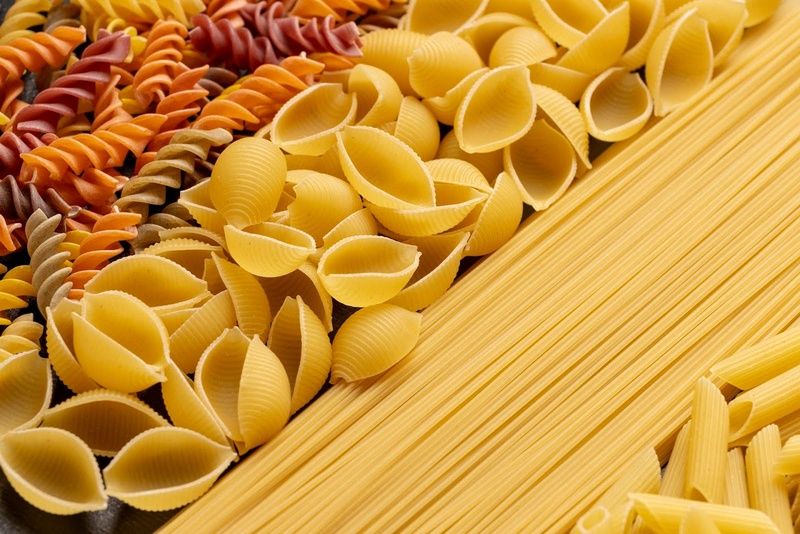
June 5, 2025
Africa's Golden Grain: Unveiling the Continent's Pasta Production Potential
What raw materials are needed for pasta production?
Durum wheat semolina or flour, water, and optional additives like eggs or vegetable puree for speciality pasta.
Is pasta production profitable in Africa?
Yes. Rising demand, import substitution opportunities, and low competition make it a high-potential sector in many African markets.
Do I need to import wheat to produce pasta in Africa?
Not always. Some countries like Ethiopia grow suitable wheat locally and regional sourcing is improving. For higher-quality pasta, durum wheat may still be imported initially.
What equipment is needed to start a pasta production unit?
Basic setup includes a mixer, extruder (for shaping), dryer, cutter, and packaging machine. Small to medium-scale units can be set up with modular machines.
Can I export pasta made in Africa?
Yes. Many African countries are part of trade blocs (like Afcfta), allowing easier cross-border exports with reduced tariffs and regulations.
Compare
Dear investor, please compare similar category items- either Locations or Opportunities.
*Already subscribed.
*Enter your name/email.

Sign up for exclusive investment alerts.
Already subscribed? Skip
Thank You For Subscribing to
Africa For Investors.

You will be redirected to AFI’s Linkedin Profile in 10 seconds.
Stay On AFI Website